As senior conservator Nora Lockshin mentioned in a recent blog post, I have been working on recovering a set of fire-affected optical discs. I will be writing a series of blog posts about this project, which focuses on the recovery of CD-Rs, DVD-Rs, and DVD+Rs after a mock fire disaster recovery exercise.
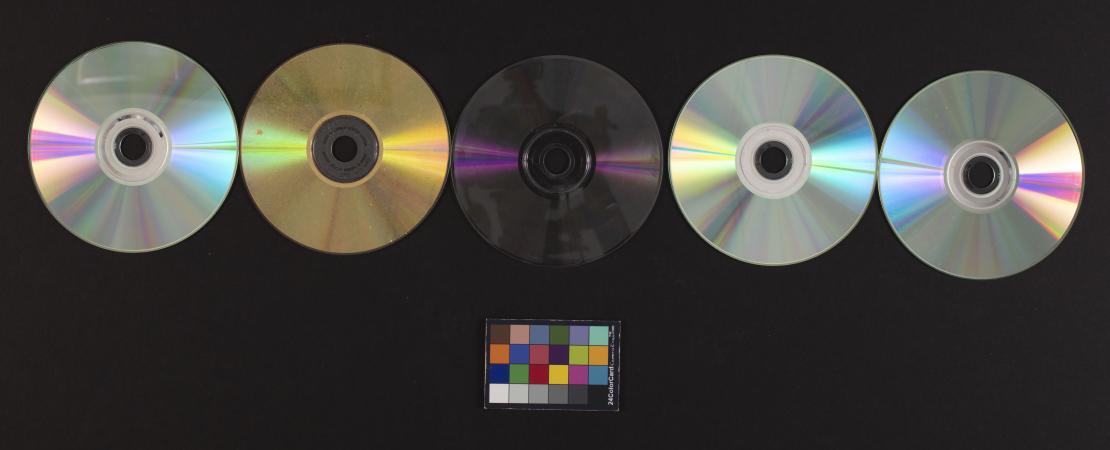
My first task was to photograph the discs to capture their damaged state as a result of the fire. Why are photographing these very shiny objects such a challenge? Optical discs are a sandwich of layers that are made up of lacquer, metal (gold or silver), synthetic dye (usually phthalocyanine, cyanine, or azo), and plastic (polycarbonate). The metal and plastic, in particular, are highly reflective. The mirror-like surface can cause lens flare with areas of reflected light, creating overexposed white spots of glare that limits the camera capture device (CCD) from capturing useful information in that area (figure 1).
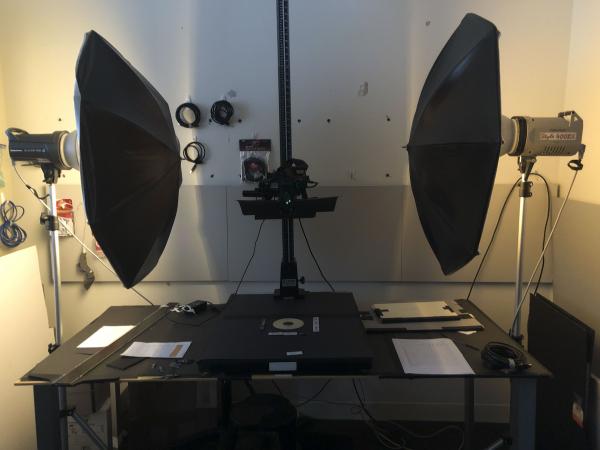
One method of photography involves using a lightbox (also called a softbox) which contains panels that make the light around the object more diffuse, resulting in less glare. However, we are fortunate to have the expertise and experience of our dedicated museum photographer Michael R. Barnes, who helped us adapt our typical flash arrangement for the copy stand. He showed me how to get the best lighting conditions for my condition documentation goals, including using an extremely indirect and parallel bounced light source, rather than our usual angled indirect specular lighting (see figure 2). (This is similar to approaches used for imaging very reflective photographs such as daguerreotypes, glass, or those with highly glossy surfaces.)
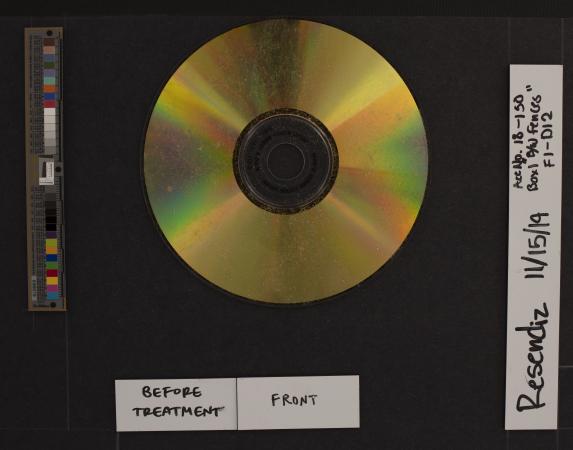
Because our CDs and DVDs had been exposed to a fire, we wanted to make sure our photographs clearly captured the dirt, soot, water spots, dust, fingerprints and scratches that were on the plastic. We decided it was best to contrast the disc with a black background in order to see the gray dust particles. To focus our lens, we found a very dusty CD to use as a test (see figure 3). Getting the right settings for the camera took some trial and error (see figures 1 and 4).
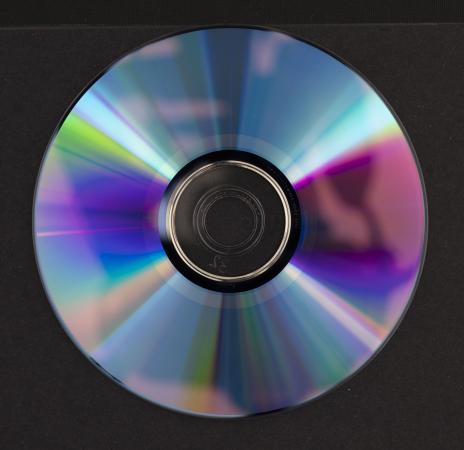
After some adjustments, we finally arrived at an image that depicted the dust particles at a high resolution. Our camera was positioned at about twelve inches above the disc to also allow us to capture the measurement scale and color card, and object information labels (see figure 3). Camera settings were as follows:
- Manual mode
- f/5.0
- Shutter speed: 1/60
- ISO:100
In some optical discs, you can see where the information has been burned, by looking for a differentiation in the dye color. In figure 5, the lighter ring near the center is the location of the data stored on the disc.
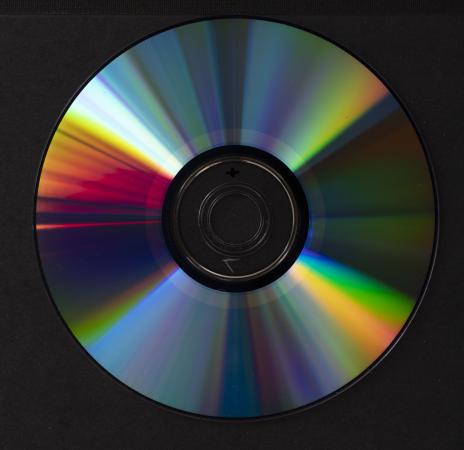
It turns out, however, that these photographs were not very good at helping me distinguish between tiny scratches and tiny dust in the form of hairs. I also had trouble seeing fingerprints in the photos. I had to rely on my eyes, good lighting, and different angles to see each of these for a full physical condition assessment.
Photographing these discs was key in documenting and describing the physical changes to the surface of the disc and comparing each disc’s state before and after treatment, which you can read about in upcoming blog posts. Overall, it was a good exercise which improved our lab’s ability to capture challenging materials.
Related Resources
- “How to Make Your Own DIY Light Box,” by Ivo Guimaraes, Expert Photography
- Longevity of Recordable CDs, DVDs and Blu-rays, by Joe Iraci, Vol. 1
- “Return of...the Beast,” by Nora Lockshin, The Bigger Picture, Smithsonian Institution Archives
- “A Photodocumentation Method: taking the negative image of a daguerreotype,” by Jiuan-jiuan Chen, 2003
- “Principles and Practices of Robust Photography-based Digital Imaging Techniques for Museums,” by Mark Mudge et al., 2010
Produced by the Smithsonian Institution Archives. For copyright questions, please see the Terms of Use.

Leave a Comment